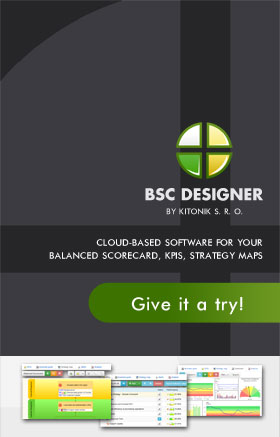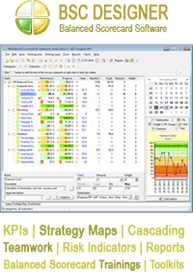The Edge of Using Test Automation
These days, software applications are smarter, more precise, more user-friendly, more aesthetic, and more functional. In the same way, software has also become more costly. The cost in making the program itself requires huge amounts of work force, binary machines, and of course, money. But the most surprising cost comes after implementing the software. Maintaining and updating the software can eat up large chunks of your company’s annual budget. Companies can prevent this though by ensuring the quality of the software before the IT departments install it. One helpful process is through test automation.
Think of testing automation as a means for quality control. Automated testing is actually just one of the many ways to maintain software quality. Obviously, manual testing is the major counterpart of automated testing. It eats up a lot of time. It is more laborious and prone to mistakes. Yet, it is more realistic compared to automated testing.
Since clients need to check the feasibility of the application program, it is interesting to know that automated testing uses software to test certain software. Why else would they call it automated testing anyway? This non-manual approach, actually, does more than just checking and testing. It also controls the execution of each test. It compares the tangible and non-tangible results to expected outcomes. It sets up the condition the testers will use. And it aids other test reporting and test controlling jobs. Automated testing still requires the help of people. Of course, who will encode data entries? The benefit is that it minimizes the need for many hands.
With all this automated testing hype going on, how did this technique came to be? Well, it all started when software programmers began using GUI or graphics user interface. This programming approach allows software designers to create application environments, user dashboards, and program commands easier. Buttons, sliders, scroll bars, message box, and text boxes best describe GUI. Before, programs were text-based applications floating above a black screen; no graphics, no buttons, and no flashy special effects.
When GUI first came out, designers had to code each graphical element in the program. They need to carefully program each window or button in the program. But newer program compilers have eliminated this daunting task. The result? Programmers program more rapidly. However, the pacing in software delivery did not change. The old and usual manual testing still clogs the delivery time. So, clients looked for better ways to make testing and software delivery faster.
The most remarkable aspect about automation testing is the playback and record features. It allows the client and the tester to go back to the previously entered data and compare it with the expected outcome. However, many clients suspect that there might be an anomaly in these features since anyone can manipulate these software applications, thereby the sacrificing integrity and reliability of the test.
Fortunately, new trends in software engineering have already reversed this controversy. Thanks to groundbreaking testing frameworks that enable testers and clients to make unit tests and figure out if the code is running just as they should be. Test automation software is indeed costly. Moreover, it does not come as a complete replacement for manual testing. Nevertheless, it is a good option for clients who require immediate software implementation.
—
If you are interested in test automation, check this web-site to learn more about quality test automation.


